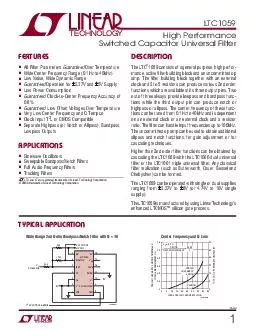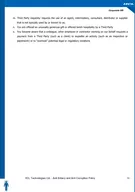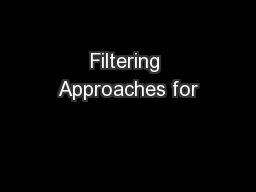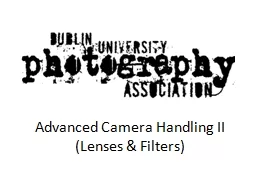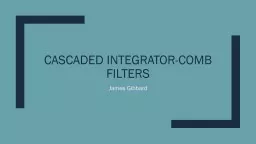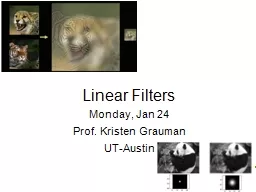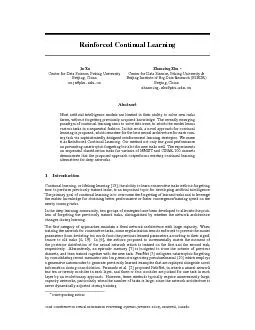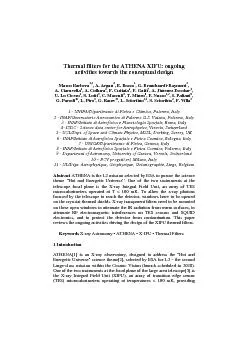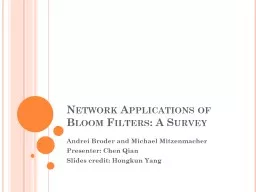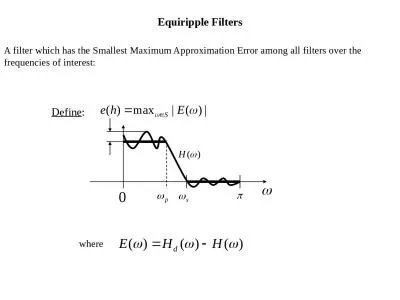PPT-Quiz: Aliasing and Anti-aliasing Filters
Author : pasty-toler | Published Date : 2018-09-24
TIPL 4304 TI Precision Labs ADCs Created by Art Kay 1 Quiz Aliasing and Antialiasing Filters How do you determine Nyquist frequency It is equal to the sampling
Presentation Embed Code
Download Presentation
Download Presentation The PPT/PDF document "Quiz: Aliasing and Anti-aliasing Filter..." is the property of its rightful owner. Permission is granted to download and print the materials on this website for personal, non-commercial use only, and to display it on your personal computer provided you do not modify the materials and that you retain all copyright notices contained in the materials. By downloading content from our website, you accept the terms of this agreement.
Quiz: Aliasing and Anti-aliasing Filters: Transcript
Download Rules Of Document
"Quiz: Aliasing and Anti-aliasing Filters"The content belongs to its owner. You may download and print it for personal use, without modification, and keep all copyright notices. By downloading, you agree to these terms.
Related Documents


